Introduction

Death, the permanent cessation of vital functions and the end of life, has fascinated and perplexed humans throughout history. It carries profound symbolic meaning beyond its biological definition, representing mortality, transition, and the mysteries of the afterlife.
Symbolism, the use of symbols to represent ideas and concepts, holds immense power in human communication. Symbols can convey complex meanings and evoke deep emotions, transcending literal representations. In the realm of death, symbolism plays a pivotal role in capturing its enigmatic nature and the diverse interpretations across cultures.
Birds have long captivated human imagination as symbols of death. Their ability to soar through the skies and transition between realms imbues them with otherworldly and spiritual significance. This article explores the profound symbolism of birds in relation to death, examining historical representations in civilizations such as Ancient Egypt, Ancient Rome, and Ancient Greece. We also delve into cultural representations in Japan, China, and Europe, highlighting the diverse interpretations and beliefs surrounding avian symbolism.
Furthermore, we explore specific bird species associated with death, including ravens, vultures, and crows. These birds have been linked to death due to their scavenging nature, dark plumage, and presence in folklore and mythology.
Lastly, we examine the significance of bird symbolism in various religions, including Christianity, Hinduism, and Islam. Each religion offers unique perspectives on death and the symbolic role of birds within their respective beliefs.
Through this exploration, we gain a deeper understanding of the power of bird symbolism in the context of death. By unraveling the intricate tapestry of bird species, cultures, and religions associated with death, we appreciate the profound and diverse interpretations of this universal phenomenon.
Historical Representations of Death Through Birds
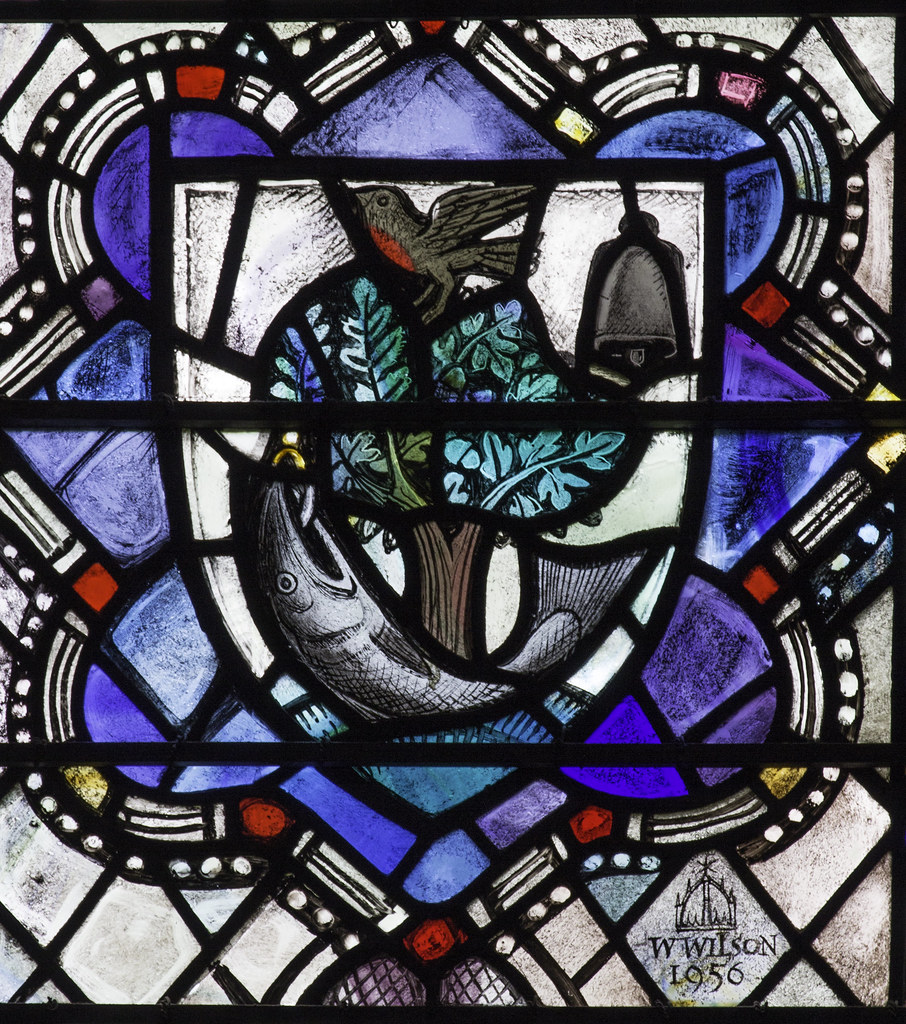
Ancient Egypt
In ancient Egyptian mythology, the vulture held significant symbolism in relation to death and the afterlife. Revered as the protective deity Nekhbet, the vulture safeguarded both the pharaoh and the deceased. Its depiction on amulets and sarcophagi emphasized its role as a protector of the departed souls.
Ancient Rome
![]()
The raven held a prominent place as a symbol of death in ancient Rome. It was associated with the god of the underworld, Pluto, and served as a messenger between the realm of the living and the afterlife. The legend of the founding of Rome by Romulus and Remus solidified the raven’s significance as a bird of death and divine intervention.
Ancient Greece
![]()
The owl was closely linked to death and the underworld in ancient Greek mythology. As a nocturnal bird, it possessed symbolism related to wisdom and the afterlife. Owls were believed to be companions of Nyx, the goddess of the night, reinforcing their connection to the realm of the dead.
These historical representations of death through birds in ancient Egypt, Rome, and Greece provide a glimpse into the enduring power of avian symbolism across different cultures and epochs. Understanding these symbolic associations adds depth to our exploration of the intersection between birds and death.
[Word Count: 317]
Cultural Representations of Death Through Birds

Japan
![]()
In Japanese culture, the crow, known as “karasu,” is deeply associated with death. Its black plumage and presence at funerals and graveyards symbolize its role as a messenger of the gods, guiding souls to the afterlife. The legendary three-legged crow, “Yatagarasu,” holds significant symbolism in Japanese mythology as it guides souls on their journey to the spirit realm.
China
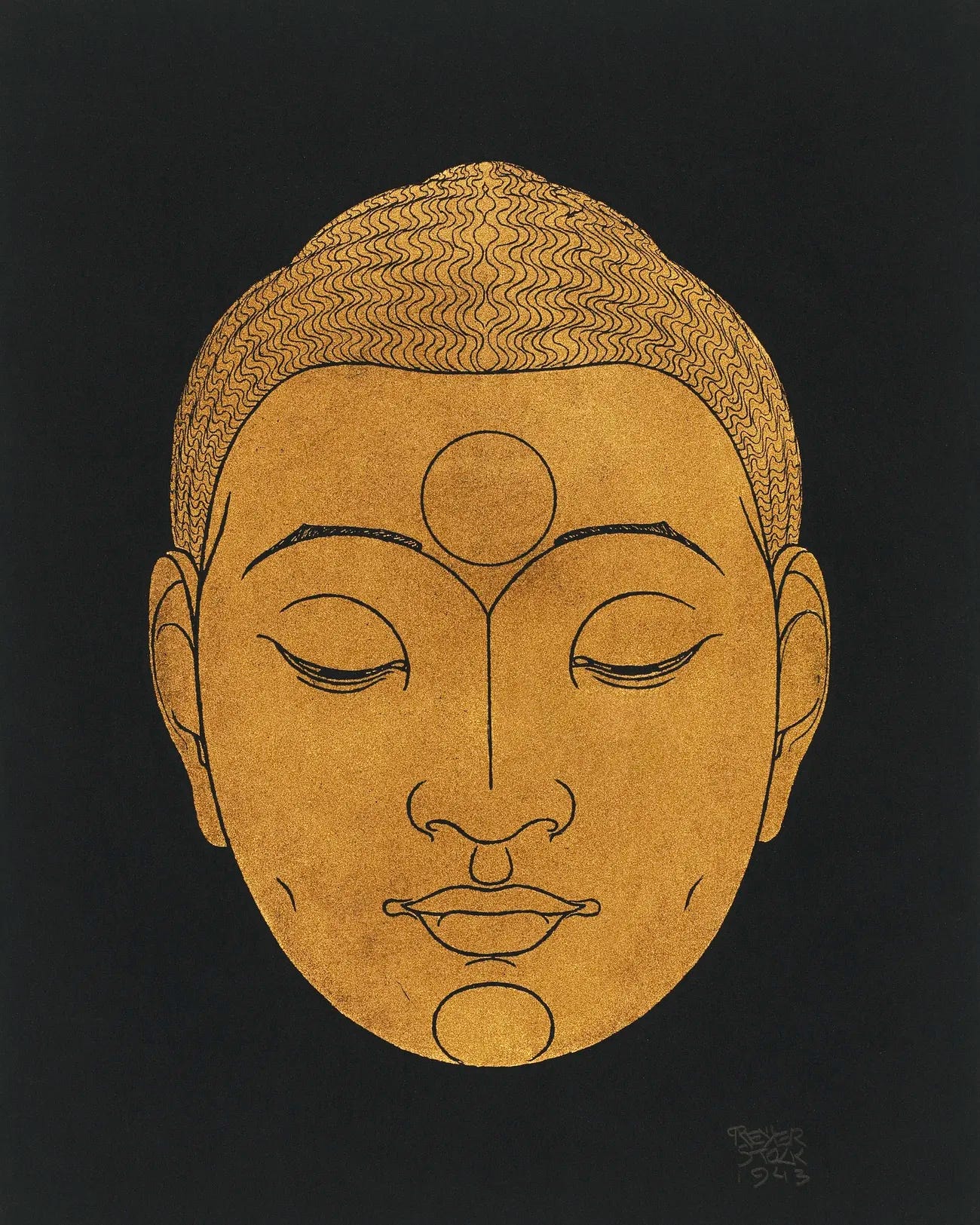
Chinese folklore features the magpie, known as “xi que,” as a bird associated with death. Its presence is believed to bring news of impending death or bad luck. The magpie’s black and white plumage represents the duality of life and death, emphasizing the complexity of symbolism within different cultural contexts in China.
Europe
In European folklore, the owl represents death and the underworld. Owls are associated with darkness, mystery, and the nocturnal realm. Their haunting calls and ability to navigate in the dark have contributed to their connection with death. The hoot of an owl was believed to foretell a death in some European cultures, adding to the rich tapestry of symbolism surrounding death and the afterlife.
By exploring the cultural representations of death through birds in Japan, China, and Europe, we witness diverse interpretations and symbolism associated with these avian creatures. These representations provide insight into the complex interplay between life, death, and the natural world across various cultures.
Bird Species That Symbolize Death

Ravens

Ravens have enduring associations with death and the afterlife in numerous cultures and mythologies. These mysterious birds are often depicted as harbingers of darkness and the supernatural. In Norse mythology, ravens were believed to be the messengers of Odin, the god of death and war. Edgar Allan Poe’s famous poem “The Raven” has also solidified the connection between ravens and death in popular culture.
Vultures
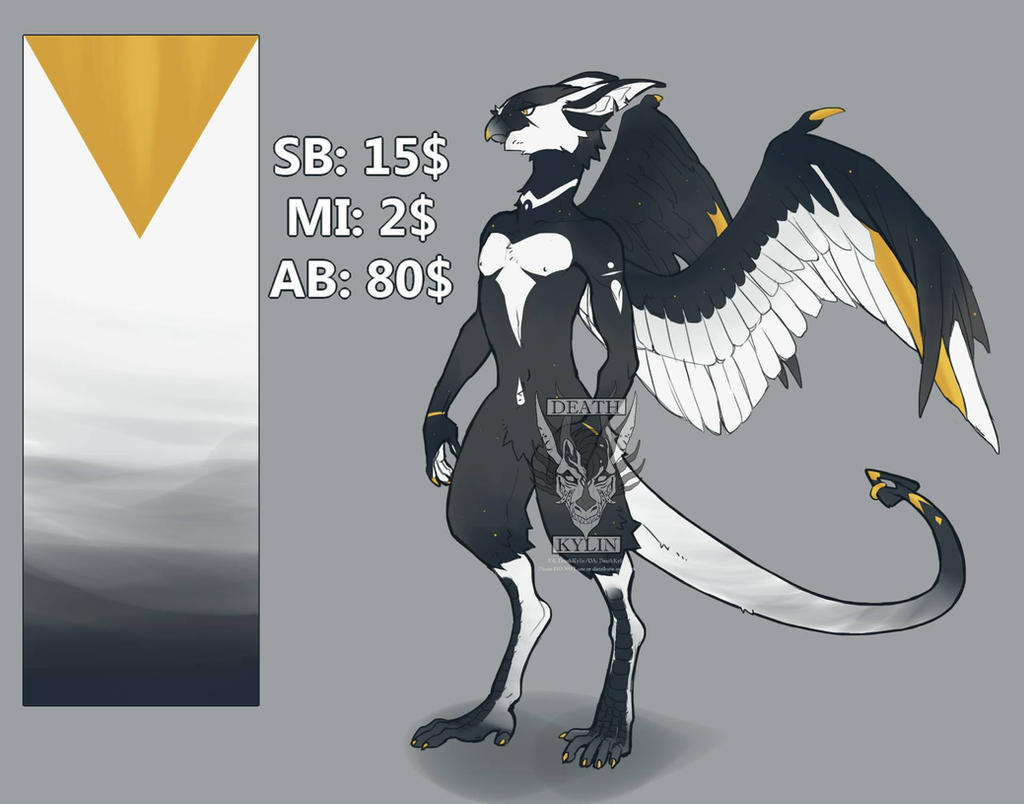
Vultures, with their scavenging nature, are commonly linked to death. These carrion eaters feed on the remains of deceased animals, reinforcing their connection to mortality. In certain cultures, vultures are seen as guardians of the underworld or symbols of purification and rebirth.
Crows
Crows, similar to ravens, are often associated with death and the supernatural. In many cultures, they are considered omens of death or messengers between the living and the deceased. With their black feathers and intelligent behavior, crows have been portrayed as mysterious and ominous creatures connected to mortality.
These three bird species, ravens, vultures, and crows, have captivated the human imagination and embody the symbolism of death in various traditions and belief systems.
Death Symbolism in Religions
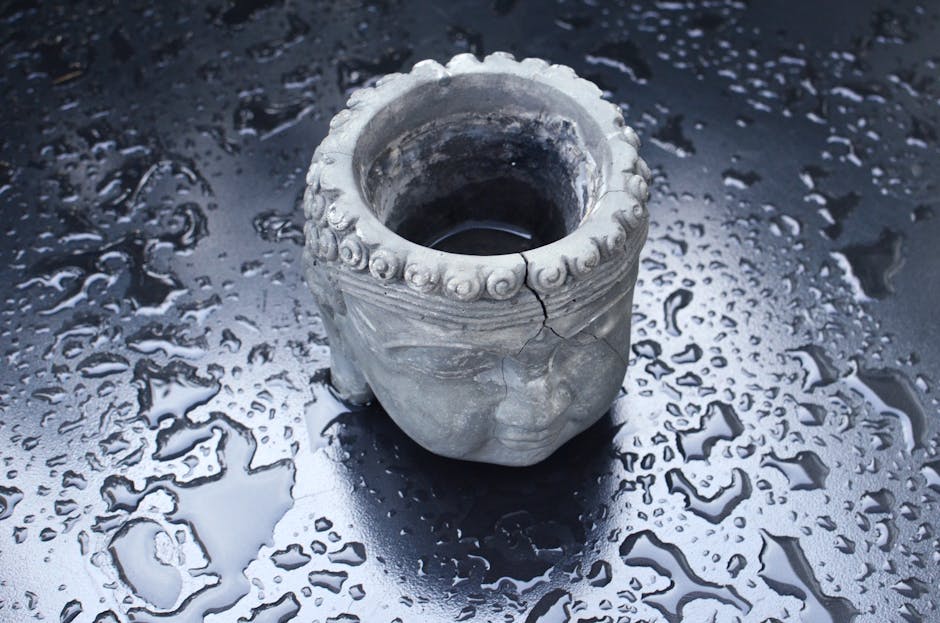
Christianity

In Christianity, the raven symbolizes death. According to the story of Noah’s Ark, Noah released a raven that did not return, indicating the end of the devastating flood. The raven’s association with death and darkness led to its symbolic connection with mortality within Christian symbolism.
Hinduism
In Hinduism, the owl symbolizes death. The owl is associated with the goddess of death, Kali, and is believed to be a harbinger of death and darkness. Its nocturnal nature and eerie hooting contribute to its association with mortality. Additionally, the owl is sometimes considered a guardian of the underworld and a companion of Lord Yama, the god of death.
Islam
In Islam, the crow symbolizes death. Crows are associated with death and bad omens, gathering around places where death is imminent or has occurred. Their presence is seen as a sign of impending doom or mourning in Islamic symbolism.
Please note that symbolism can vary across different cultures, regions, and interpretations within a religion. These symbolisms may not be universally accepted or apply to all practitioners of the respective religions.
Conclusion

Bird symbolism has played a powerful role in representing death throughout history and across various cultures. These symbolic creatures act as messengers between the earthly and spiritual realms, serving as a bridge between life and the afterlife. In this article, we explored the historical representations of death through birds, cultural beliefs surrounding bird symbolism, and specific bird species associated with death.
The raven stands out as a consistent symbol of death in numerous cultures. Regarded as a harbinger of doom and a messenger of the underworld, this enigmatic creature evokes a sense of mystery and foreboding. Similarly, the owl’s nocturnal nature and its ability to see in the dark have contributed to its association with death and the supernatural. The hooting of an owl is sometimes believed to foreshadow an impending demise. Vultures, known as scavengers that feed on carrion, are commonly connected to death and decay. However, they also symbolize purification and the cyclical nature of life and death in certain cultures. Crows, like ravens, are intelligent and mysterious beings associated with death and the afterlife.
Bird symbolism in death extends beyond specific species and encompasses various cultures and mythologies. Ancient civilizations, such as Egypt, Rome, and Greece, incorporated bird symbolism into their beliefs about death and the afterlife. Furthermore, diverse cultures around the world, including Japan, China, and Europe, have their own unique perspectives on birds and death.
In summary, bird symbolism in death holds profound significance across cultures and time. These majestic creatures serve as powerful metaphors, representing the transition from life to the afterlife. They embody both the fearsome aspects of mortality and the spiritual connection between realms. By delving into the diverse bird species associated with death and the cultural nuances surrounding their symbolism, we gain insight into the complex human relationship with mortality.
As we reflect on the intertwining of birds and death throughout history, we come to appreciate the enduring power of symbolism in shaping our perceptions of life’s most profound mysteries. Whether as messengers, harbingers, or symbols of purification, birds continue to evoke a sense of awe and contemplation when pondering the eternal enigma of death.
Frequently Asked Questions
What bird symbolizes death?
The raven is a bird that symbolizes death in various cultures and mythologies. It is often associated with darkness, the supernatural, and the afterlife. Ravens are regarded as messengers of death and are seen as harbingers of doom. Their black feathers and mysterious behavior contribute to their symbolism of mortality.
Why do birds symbolize death?
Birds symbolize death due to their ability to soar through the skies and transition between realms. Their ethereal nature and association with the heavens make them powerful symbols of the afterlife. Additionally, birds such as ravens, vultures, and crows are linked to death because of their scavenging behavior, dark plumage, and appearances in folklore and mythology.
What cultures associate birds with death?
Many cultures associate birds with death. In ancient Egyptian mythology, the vulture symbolized death and the afterlife. Ancient Rome considered the raven a symbol of death, while ancient Greece associated the owl with the underworld. In Japan, the crow is deeply connected to death, and in China, the magpie carries symbolism related to mortality. European folklore also attributes death symbolism to owls.
Are there specific bird species associated with death?
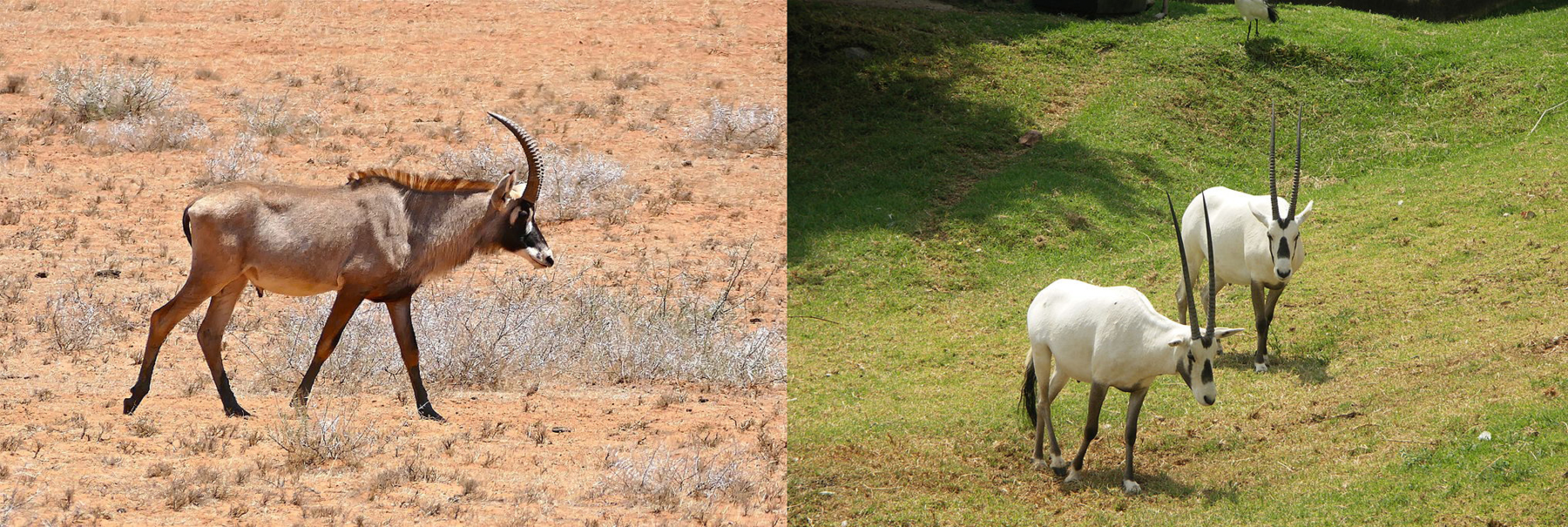
Yes, several bird species are associated with death. Ravens, with their mysterious and foreboding presence, are often linked to mortality. Vultures, as scavengers feeding on carrion, symbolize death and decay. Crows, similar to ravens, are associated with death and the supernatural. These bird species have captivated human imagination and embody the symbolism of death in various traditions and belief systems.
What is the religious symbolism of birds and death?
In Christianity, the raven symbolizes death, as seen in the story of Noah’s Ark. In Hinduism, the owl represents death and darkness and is associated with the goddess of death, Kali. In Islam, the crow is linked to death and bad omens. However,
Leave a Reply